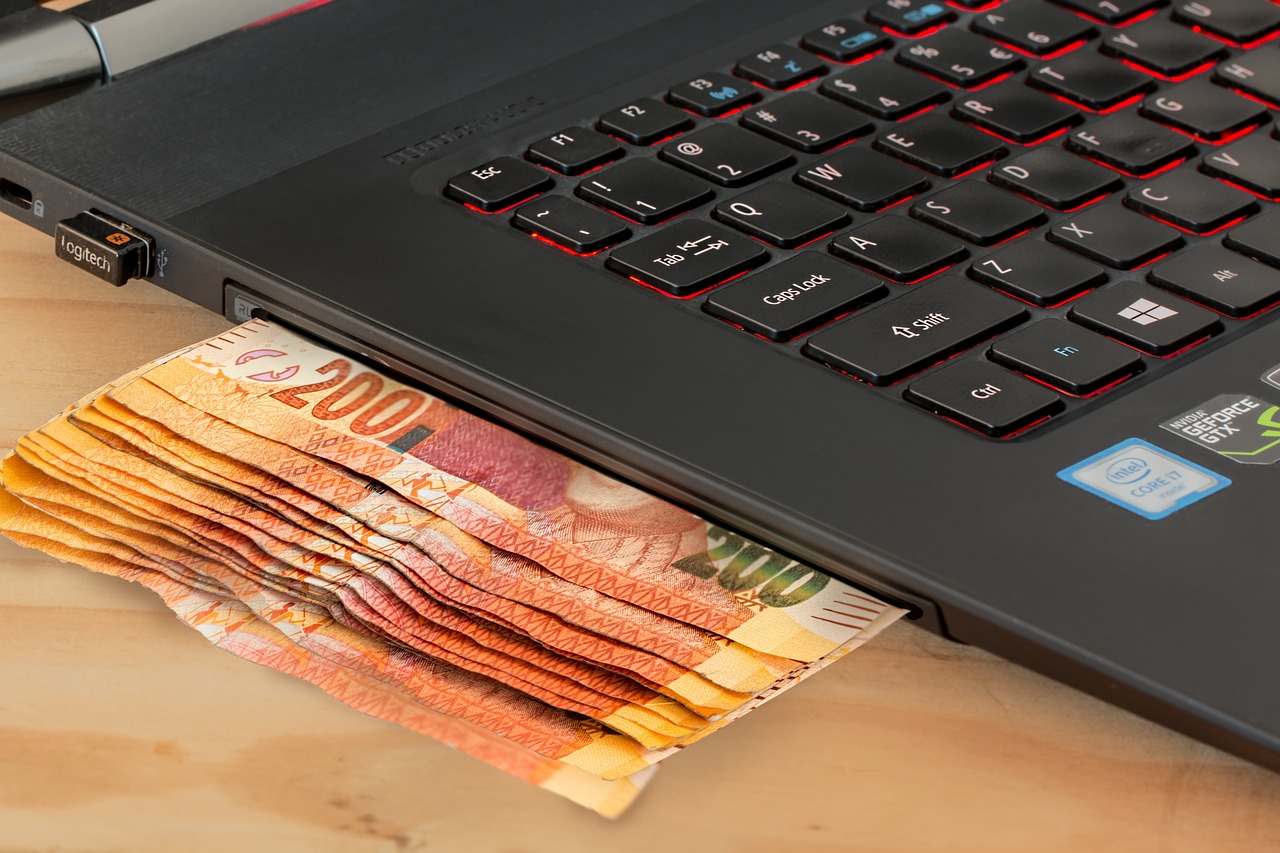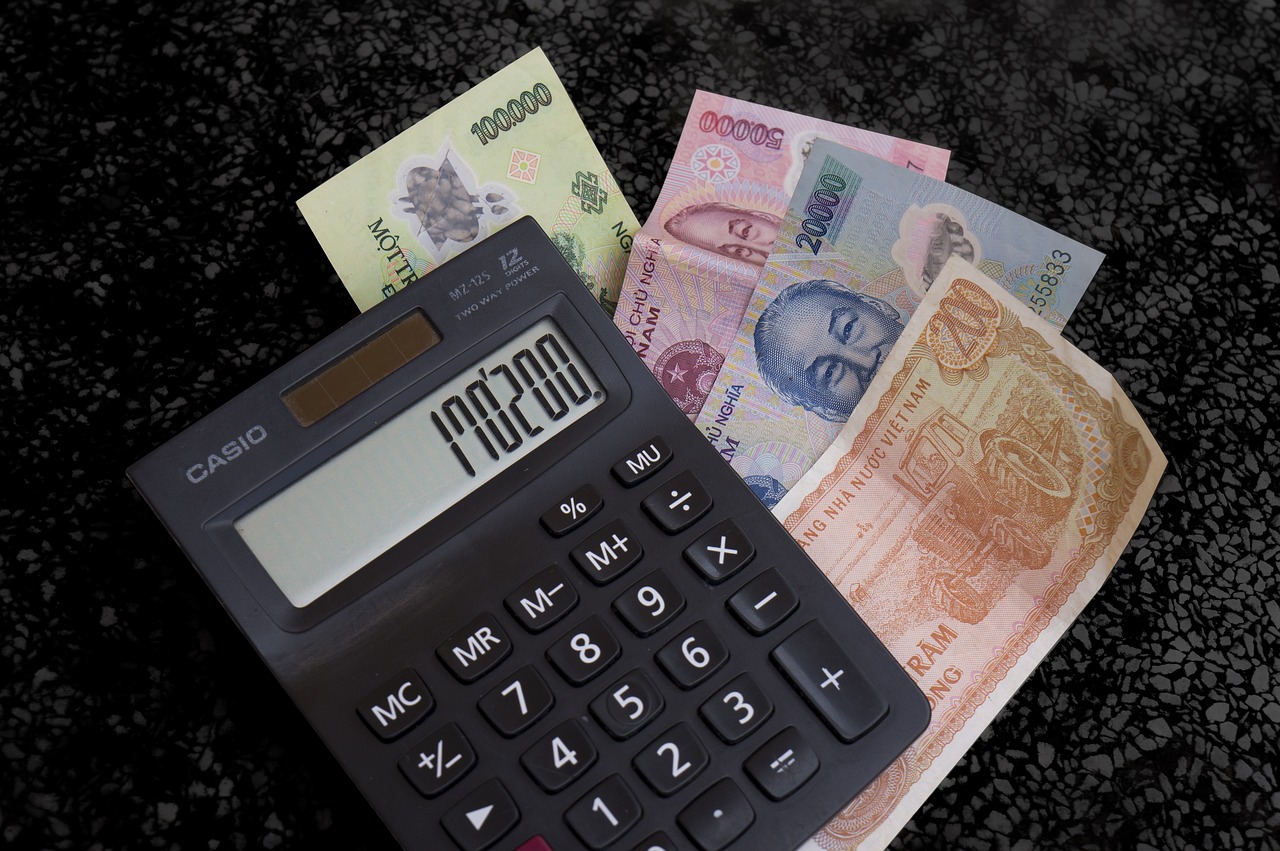Sending Money to Yourself: Tax Implications, Transfer Methods & Common Pitfalls
GPT_Global - 2025-09-10 17:30:43.0 25
What are the tax implications of sending money to myself from a business account?
When sending money to yourself from a business account, it’s crucial to understand the tax implications to avoid any legal or financial issues. In general, transferring money between your business and personal accounts is not considered taxable income, but the way you handle these transactions can impact your taxes.
One of the main concerns is whether the transfer is categorized as a salary, dividend, or loan. If you’re paying yourself a salary, it must be reported as income on your personal tax return, and appropriate payroll taxes must be withheld. On the other hand, dividends or profits from the business may be taxed differently depending on your business structure (e.g., LLC, corporation).
If you take a loan from your business, it’s important to structure it properly, ensuring that it meets IRS requirements to avoid being taxed as income. Additionally, personal expenses paid through the business account can also raise red flags with tax authorities.
To stay compliant, it's recommended to consult a tax professional or accountant who can guide you on the best way to send money to yourself from a business account while minimizing tax liabilities.

How can I track a money transfer I made to myself?
Tracking a money transfer to yourself is essential for ensuring that your funds are safely on their way. Most remittance services provide tracking tools, allowing you to monitor the status of your transaction. Here's how you can track your transfer:
1. Use the Reference Number: When you initiate a money transfer, you will receive a unique reference number. This number acts as a key to track your transaction. Simply visit the remittance provider's website or app and enter the reference number to view the current status of your transfer.
2. Check Your Email or SMS: Many remittance companies send updates through email or SMS when a transfer is initiated and when the funds are available. Make sure to check your inbox for any alerts related to your transfer.
3. Contact Customer Service: If you're unable to track your transfer online or if you face any issues, reach out to the remittance service's customer support team. They can assist you in tracking the transfer and providing updates on the status.
Tracking your transfer is easy and ensures that your funds reach the intended destination without any hassle. Always ensure that you keep your reference number safe for smooth tracking.
Can I send money to myself if I’m abroad and don’t have access to my bank account?
When you're abroad and don’t have access to your bank account, sending money to yourself can be a real challenge. However, with the right tools and services, it’s definitely possible. Many remittance businesses offer solutions that allow you to transfer money to yourself from abroad, even if you don’t have immediate access to your local bank account.
One popular option is using online money transfer services like PayPal, Western Union, or digital wallets. These platforms often allow you to send money to yourself, either to a local bank account, a mobile wallet, or for pick-up in cash at a nearby agent location. Some services even let you send money using just your email address or mobile phone number.
Before sending money to yourself, ensure that you have access to your chosen method of transfer. Verify any local restrictions and transaction fees, as they can vary depending on the country you're in. With the right preparation, sending money to yourself while abroad becomes an easy and reliable solution for managing your finances.
What’s the difference between sending money to myself using a bank transfer versus a mobile app?
When it comes to sending money to yourself, there are two common methods: bank transfers and mobile apps. Each method has distinct features that can influence your decision based on speed, cost, and convenience.
Bank transfers are a traditional option for sending money to yourself. While they offer security and are widely trusted, they may take longer to process, sometimes up to a few business days. Additionally, banks typically charge fees for domestic or international transfers, especially if currency conversion is involved. However, bank transfers provide a secure way to move large amounts of money.
On the other hand, mobile apps like PayPal, Venmo, or Cash App are popular for their speed and convenience. They allow users to send money instantly, sometimes for free or at low fees. Mobile apps are perfect for smaller amounts of money and offer the benefit of being able to send funds at any time, directly from your phone. However, they may not offer the same level of security or protection as bank transfers for larger sums.
Ultimately, the choice between sending money via bank transfer or a mobile app depends on the urgency, amount of money, and the specific features that matter to you.
Can I send money to myself using a prepaid card?
Many people wonder if they can send money to themselves using a prepaid card. The answer is yes, but with some important considerations. Prepaid cards function similarly to debit cards, allowing users to load funds onto them and make payments. However, sending money to yourself using a prepaid card isn't as straightforward as transferring funds between bank accounts.
One option is to use the prepaid card to load money into an account or another card. Some services allow you to send money to a bank account or a different prepaid card, which can then be accessed by you. It's important to check with the specific prepaid card provider to ensure they allow transfers or direct funding to other accounts.
Another alternative is to use remittance services that work with prepaid cards. Certain remittance companies offer the ability to send money using prepaid cards as a method of funding. This option can be an excellent way to move money quickly and securely to yourself or a family member, especially in international transfers.
Before using a prepaid card for remittance, always review the terms and conditions and be aware of any fees that may apply. This will help ensure you make the most of your transaction without unexpected costs.
How do I send money to myself without paying any service fees?
Here’s a draft SEO article for your remittance business: ---Sending money to yourself across borders can feel complicated, especially when you want to avoid unnecessary fees. Many people look for ways to transfer funds between their own accounts without losing value to high service charges. The good news is, there are smarter strategies to achieve this.
First, choose a remittance provider that specializes in low-cost transfers. Some businesses offer zero-fee promotions or allow you to send money at the mid-market exchange rate, which eliminates hidden charges. Unlike traditional banks, these services are built to move funds quickly and affordably, making them ideal for personal transfers.
Another option is digital wallets. By linking your bank account and wallet, you can move money internationally without paying steep transaction fees. Wallet-to-wallet transfers are often free, secure, and instant. This is especially helpful if you frequently travel or maintain accounts in multiple countries.
Ultimately, the key to sending money to yourself without paying service fees is comparing providers and choosing one designed for cost-efficient remittances. A trusted remittance platform ensures that your money arrives safely, on time, and without unnecessary deductions.
What are some common problems when sending money to yourself and how can I avoid them?
Here’s a draft SEO article based on your topic: Sending money to yourself across borders can be a convenient way to access funds while traveling, studying, or working abroad. However, many people encounter common problems that can delay or reduce the amount they receive. Understanding these issues can help you avoid unnecessary stress and costs. One major issue is hidden fees. Some transfer providers charge high service fees or offer poor exchange rates, reducing the actual amount you receive. To avoid this, always compare different remittance services and choose one that offers transparent pricing. Another frequent problem is transaction delays. Transfers may take longer than expected due to banking hours, compliance checks, or incorrect recipient details. Double-checking your account information and choosing providers with faster processing times can save you time. Security is another concern. Fraudsters sometimes target money transfers through phishing or fake platforms. To protect yourself, use only licensed remittance providers and enable security features like two-factor authentication. Additionally, some banks or services may impose transfer limits, which could prevent you from accessing the full amount you need. Reviewing the terms of your chosen service beforehand helps you plan better. By understanding these common problems—hidden fees, delays, security risks, and transfer limits—you can make smarter choices when sending money to yourself. Reliable remittance providers with clear policies ensure your funds arrive safely and on time.Can I send money to myself through an ATM withdrawal?
Many people wonder, “Can I send money to myself through an ATM withdrawal?” The short answer is no. ATMs are designed for cash withdrawals, deposits, or transfers between your own accounts, not for sending remittances. If you’re looking to move money to yourself in another country or location, you’ll need to use a proper remittance service instead of relying on an ATM machine.
Remittance companies make it easy and secure to send money to yourself. For example, you can transfer funds online or through an agent, then pick up cash at a partner location abroad. This process ensures your money is available where and when you need it, without the limitations of ATM transactions.
For a hassle-free experience, choose a licensed remittance provider. They offer better exchange rates, transparent fees, and global networks that ATMs simply cannot match. Whether you’re sending funds for travel, emergencies, or personal use, using a remittance service is the fastest and safest option compared to ATM withdrawals.
About Panda Remit
Panda Remit is committed to providing global users with more convenient, safe, reliable, and affordable online cross-border remittance services。
International remittance services from more than 30 countries/regions around the world are now available: including Japan, Hong Kong, Europe, the United States, Australia, and other markets, and are recognized and trusted by millions of users around the world.
Visit Panda Remit Official Website or Download PandaRemit App, to learn more about remittance info.


